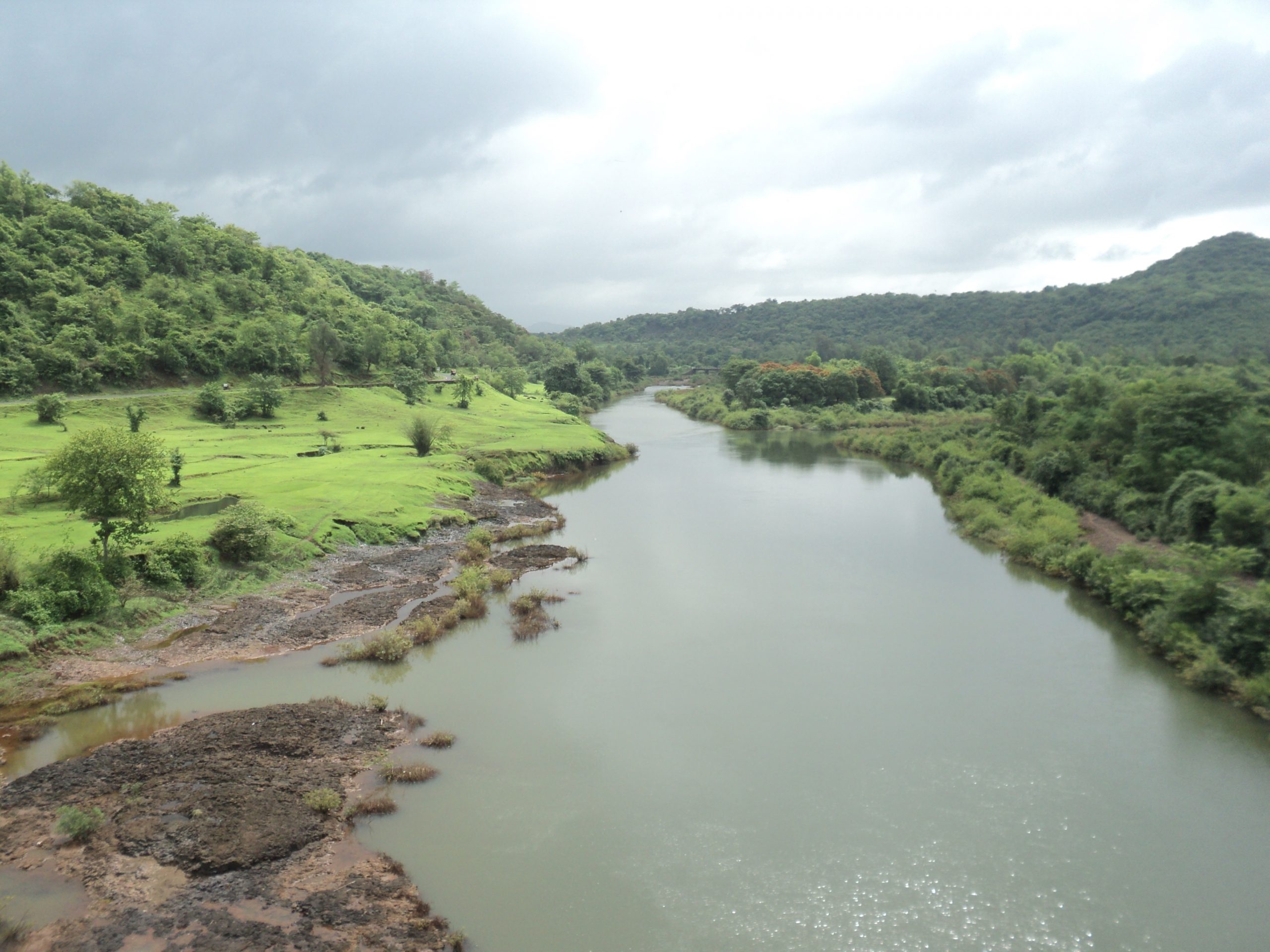River Kali Bein

Religious Significance
Kali Bein commands great sanctity in the Sikh religion. It was in Shri Ber Saheb gurdwara (at Sultanpur Lodhi) on the banks of the Kali Bein that the founder of Sikhism, Guru Nanak started his meditation. He used to bathe in this rivulet. One morning he dived into the Bein and disappeared. After a few days of disappearance when Guru Nanak reappeared at the Bein, his first utterance was “Naa ko Hindu na Musalmaan”.
Guru Nanak also composed the religious scripture of Japji Saheb on the banks of Kali Bein, besides undertaking two Udasis (religious voyages) from this place where he stayed for 14 years. Japji Saheb is considered the key to Guru Granth Sahib.
River was referred to as Punya in the Mahabharata, and as Charmanavati in the Puranas. It is said that King Ranti Dev (one of the successors of King Bharata, Lord Rama’s brother) had sacrificed cows to honour his guests. The blood that oozed out of the cow’s skin (known as chamra in Hindi) and turned into a river named Charmanavati.
Ecological Significance
Kali Bein plays a vital role in the hydrology of the region, both as a ground water discharging and recharging rivulet. It also serves as an important source of water for agriculture and helps in flood management. Kali Bein supports the Kanjli Lake — a wetland declared as a Ramsar Site of International Ecological Significance in 2002.
The rivulet was highly polluted till a few years ago, due to extensive dumping of domestic wastes and also the effluents from the railway factory at Kapurthala. It was choked with debris and weeds. In the year 2000, a ‘clean-up drive’ was initiated by the famous environmentalist Baba Balbir Singh Seechewal.



Place of Origin: Wadhya Village, Punjab
Length: 176 km
Confluence: Beas (along with Ravi), Hakike Pattan